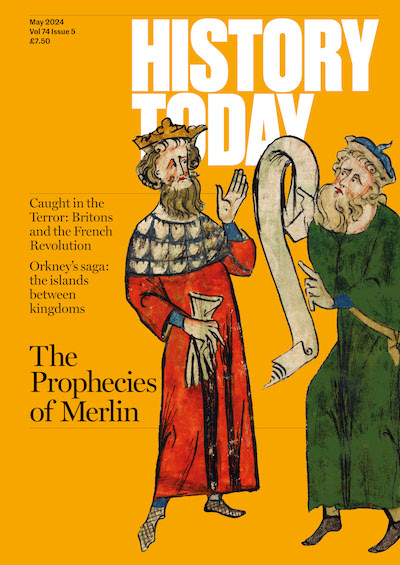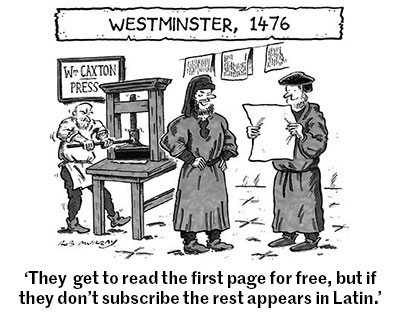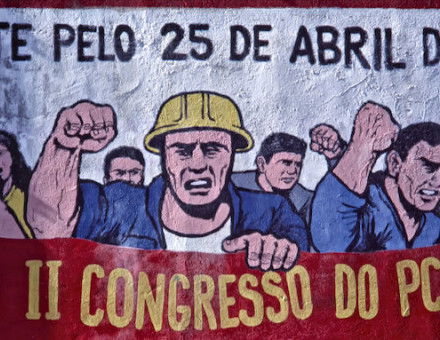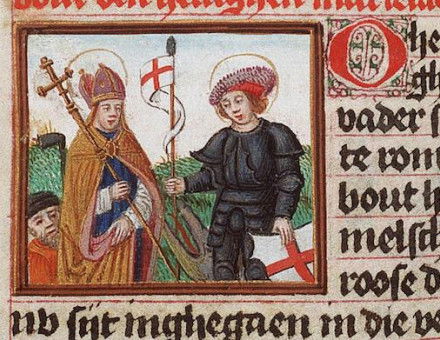Hungary's Battle For Memory
John Mason describes the convoluted way in which Hungary has publicly celebrated its history through all the vicissitudes of its recent past.
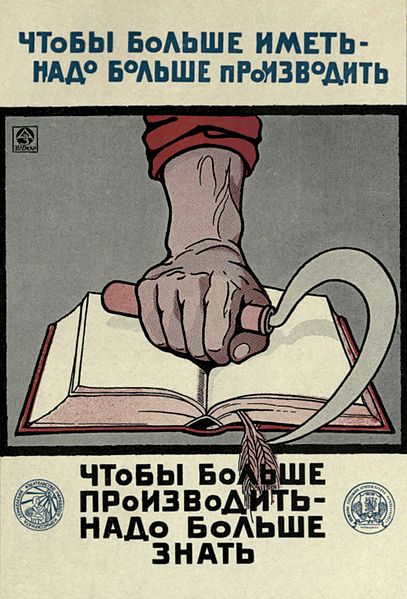 The Pest side of the river Danube that slices through Budapest is dominated by one of the largest parliament buildings in the world. Designed to govern an empire and completed in 1902, only sixteen years before the Austro-Hungarian Monarchy collapsed, this outsized, neo-Gothic building, modelled on Westminster, tells us more about the aspirations than the reality of Hungary’s troubled history. Four statues dotted around the parliament building give us a truer picture of Hungary’s past.
The Pest side of the river Danube that slices through Budapest is dominated by one of the largest parliament buildings in the world. Designed to govern an empire and completed in 1902, only sixteen years before the Austro-Hungarian Monarchy collapsed, this outsized, neo-Gothic building, modelled on Westminster, tells us more about the aspirations than the reality of Hungary’s troubled history. Four statues dotted around the parliament building give us a truer picture of Hungary’s past.

